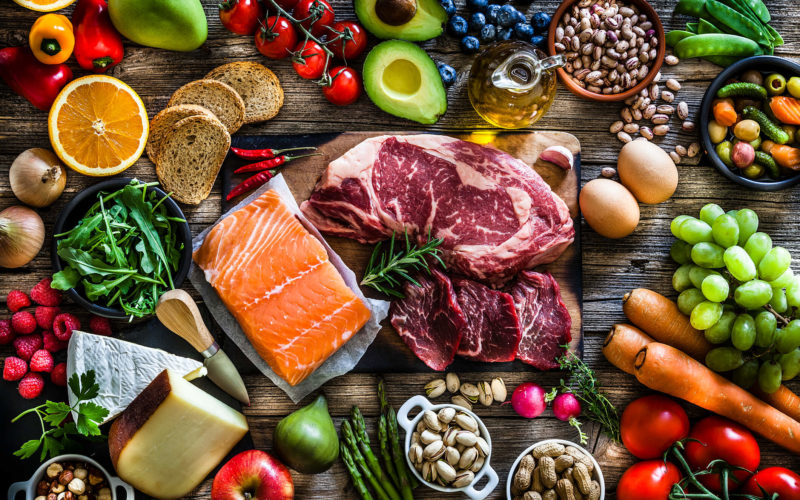In April 2016, at the height of his profession within the Silicon Valley, San Francisco-primarily based Vivek Shah determined to quit his task and return to India and his wife Brinda, who holds a Master’s in Printmaking.
Why?
To construct a natural farm. “Living in San Francisco made us plenty more aware of our surroundings. Being full-time specialists, we started realizing how our lifestyle fluctuates closer to becoming unhealthy due to our schedules,” says Vivek. The couple’s first step to take charge of their health changed to start mastering cooking together. “And yet, certainly one of our biggest struggles changed into, we didn’t know in which the meals we had been eating every single day became coming from,” stocks Vivek.
The location the couple resided in changed into full of tall fruit-bearing trees. It reminded Vivek of his adolescence while lifestyles turned simpler. Climbing timber barefoot, scraping your knees and fingers, and the pleasure of plucking fruit off and then devouring them. He wanted to make that pleasure a part of his existence again, and growing their meals became how they thought they might get pleasure from it again. The couple embarked on an adventure to examine permaculture ideas in a state far from California. It turned into this ride that bolstered their resolve to go back to India and set up their farm.
“When we had been touring for the course, we got here through a strawberry subject. Just as we had been taking part in the view, we saw a person dressed in a white protecting jumpsuit spraying a few liquids onto the crops. It sent a sit back down our spines. Imagine if the people had to wear a defensive layer to prevent the outcomes of their spraying chemicals; we have been eating the food that has grown like that. It now affected the purchasers, the growers, and the surroundings. This becomes our turning point.” And so, in 2016, the duo quit their jobs and returned to their domestic kingdom, Gujarat.

Interestingly, there was no opposition. Their households supported their preference and were glad the couple had decided to return home. “We had no historical past in agriculture. However, our path helped us understand the numerous techniques we could undertake to construct a natural and sustainable farm. We decided to kickstart our journey by first developing what we favored to consume. Being Gujjus, it needed to be mangoes,” he laughs.
In 2017, an hour and a half drive from Ahmedabad, they offered a ten-acre land located on the outskirts of Nadiad, Central Gujarat, to create a farm that could no longer best satisfy the wishes of their kitchen and make them independent of the market however additionally take in commercial operations. And that’s how Brindavan occurred. From ensuring soil fertility with techniques, green manuring, and managed grazing to harvesting rainwater through pits and ditches. These duo exercise techniques assist them in utilizing the farm resources to their maximum ability. The plot is split into seven exceptional subplots, all of which get hold of unique natural remedies to restore and sell vegetation increase.
The couple grows business and semi-business plants, from pearl millet (bajra), wheat, potatoes, moringa, bananas, papaya, and Jamun to timber. A blend of industrial and experimental farming, some of their different techniques wencompassingplug nurseries, no-until vegetable farming, planting windbreaks, hen-loving plant life, and butterfly and bee-loving flowers, are directed toward pest and soil management in some way or the opposite. They have dug trenches and pits on 10 in keeping with cent of the overall land to capture each drop of rainwater on the 10-acre farm. This guarantees that every desirable monsoon cycle helps harvest five to ten lakh liters of water.
The duo has also built a natural domestic with soil, cow dung, and stone. The ground to construct this domestic’s earth walls was also sourced from the farm after they dug a pond. One of the motives for searching this pond changed to tackle the difficulty of effluent water that a local contractor was letting into the field. “We had been bowled over because we were trying not to allow any shape of chemical input on our farm. We decided to address this by using amassing this water in a pond. We coated the pond with water-purifying flowers to dispose of the impurities before making it to the pond, which captures 1. Five to two lakh liters of water.”
Aiming to turn this pond into a natural world pond, Brinda and Vivek quickly introduce fish and geese. Vivek is likewise operating on building a larger water treatment plant that might sooner or later enlarge into a secondary enterprise. Instead of tusingpesticides or concoctions to hold pests at bay, the couple uses vital natural pest management techniques at the farm, like growing fragrant flowers, including tulsi, lemongrass, and so forth, the outer obstacles of the sector. This helps create a defensive guard and keep fruit flies and pests at bay. Another approach to ensure pest attacks do not motivate complete loss is intercropping or multi-cropping, which is developing two or more crops on an identical piece of land. To ensure that a single leaf at the farm is burned, all the farm waste is processed to make compost.


